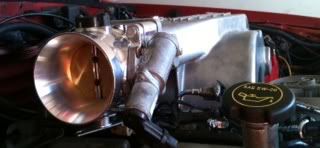I'm trying to rig up some LED docking lights, side lights, and a few others on my pontoon boat. I have the 12v engine battery, and a 24v system (2x 12v batteries) for my trolling motor.
My problem is, I really don't want to run lights off of the engine battery. They may be LEDs, but after everything is installed, there is a potential power draw of about 200 watts. Doesn't seem like a good idea to draw that kind of power off of your ignition battery. Wouldn't want to get stranded out there in the middle of the lake somewhere.
So what is the best method, of stepping down my 24v system, without creating an imbalance? I had heard that there is a method, that doesn't use a resistor setup of any kind. I'd like that, because resistors of course create heat which is wasted energy. But if that's my only choice, that's what I'll do.
My problem is, I really don't want to run lights off of the engine battery. They may be LEDs, but after everything is installed, there is a potential power draw of about 200 watts. Doesn't seem like a good idea to draw that kind of power off of your ignition battery. Wouldn't want to get stranded out there in the middle of the lake somewhere.
So what is the best method, of stepping down my 24v system, without creating an imbalance? I had heard that there is a method, that doesn't use a resistor setup of any kind. I'd like that, because resistors of course create heat which is wasted energy. But if that's my only choice, that's what I'll do.


Comment